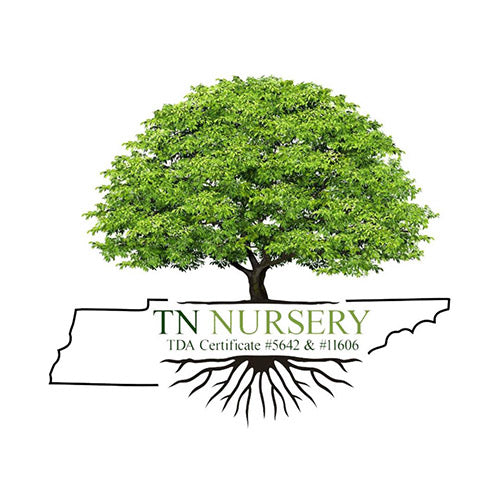Distinguishing between shrubs, bushes, and even trees is more complex
Consider these terms as they relate to the plant's shape. If you want to create a garden with a row of small bushes, look for plants that grow in that form.
Bushes, specifically, tend to have a fuller array of leaves, often reaching the ground or near to it. A rose bush, for example, might not have left right by the ground, but you generally wouldn't see a lot of the trunk. (If more of the trunk or main stem is exposed, you get into rose "tree" territory.)
Bushes are also often relatively low, which is a relative term
You wouldn't look at a plant that's 50 feet tall and call it a bush in general – but even then, you may start once you find out what type of plant it is. If breeders come out with a rose bush that grows that high, chances are, it will be called a very tall bush.
Some bushes are rather popular in landscaping
In addition to rose bushes, five other bushes often make appearances.
Forsythias (Forsythia spp.)
Forsythia is a genus of different species known for brightly colored flowers and being highly attractive to bees and butterflies. Forsythia x intermedia, for example, has masses of bright yellow flowers covering stems in a rounded-shrub shape. Leaves of different forsythia species often turn bright colors in fall with interesting combinations, such as purple-tinged yellow.
Burning Bushes (Euonymus alatus)
Burning bush gets its name from the bright, fiery red leaves and fruit that stand out in any yard in fall. The burning bush is considered invasive in many areas, so always double-check with a reputable local nursery about its status in your area. It can grow to about 15 feet tall, with sprays of bright leaves and petals that stand out against a green backdrop in spring and summer.
Viburnum (Viburnum spp.)
Viburnum is a large genus that includes very diverse plants (be careful about the name as it's easy to type in "viburnum"). Some are low to the ground, forming 2-foot-tall bushes, while others can soar to 30 feet. The 150 species produce fragrant flowers in spring and ornamental berries in fall.
Hydrangeas (Hydrangea spp.)
Lush, color-changing hydrangeas are a garden favorite, providing you with both massive swaths of green leaves and large clusters of flowers all over the plant. Hydrangea macrophylla, specifically, is an excellent plant for those who like to experiment in their yards, as amending the soil to make it more or less acidic will change the color of the blossoms (blue = acidic soil, pink = alkaline soil; however, if the blossoms start white, they won't change color).
Carolina Allspice (Calycanthus floridus)
It is one of the more exciting bushes you can plant if you live in the mid-Atlantic to southeastern portions of the U.S. It's known for its spindly, reddish-brown flowers that have a neat banana-strawberry fragrance. The plant is also called sweetshrub. You can get Carolina allspice in medium sizes that grow to under 8 feet and large sizes that grow over that. Multiple stems form a thicket. It's suitable for pollinator gardens and is deer-resistant.
